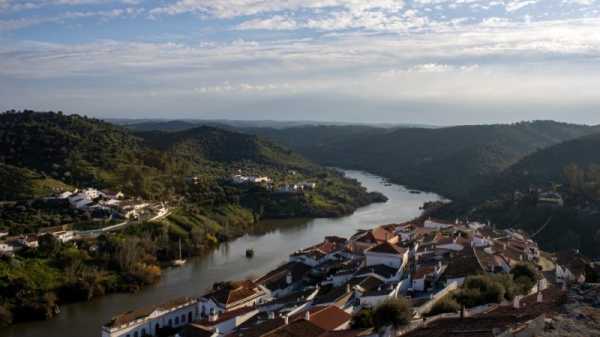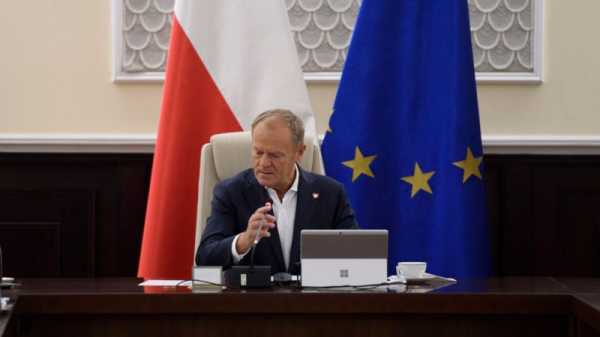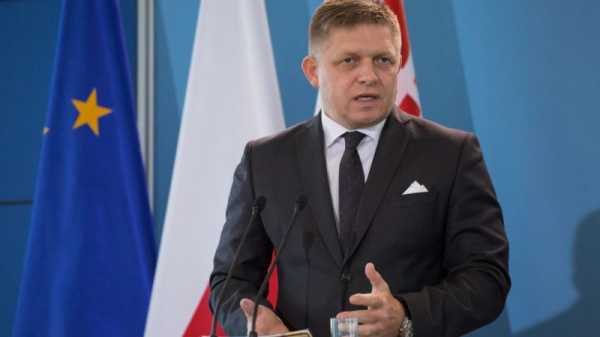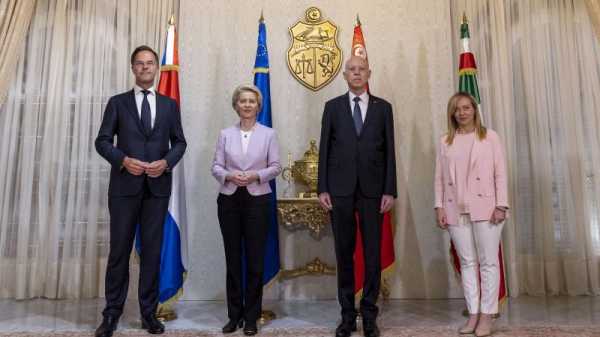
European Commission President Ursula von der Leyen is pushing to rubber stamp the deadlocked third tranche of the post-COVID recovery fund to Italy, whose leadership will be pivotal to her re-election, EURACTIV has learned from several sources.
Italy is by far the largest recipient of the Recovery and Resilience Facility (RFF), a temporary instrument that the EU set up to help European economies bounce back from the economic losses caused by the COVID-19 pandemic.
Rome has already received €67 billion from the RFF, comprised of €25 billion in pre-financing and two instalments worth €21 billion each. However, the third payment is currently suspended, as Italy has fallen short of meeting a set of targets the Commission set.
The leadership of the EU executive is currently arm-wrestling with the services responsible for keeping Italy’s performance in check, according to several sources informed on the matter, who talked to EURACTIV on condition of anonymity.
Third payment on hold
The delay in the third payment is embarrassing for the Italian government, led by far-right Prime Minister Giorgia Meloni, as it is the first instalment since she took office in October.
Difficulties in meeting the targets are not unique to Italy and were initiated under the previous government led by Mario Draghi.
The milestones for the first two payments included legislative reforms and several projects that ministries already had in the pipeline.
But for the third instalment, EU countries have to deliver actual projects, which makes compromising more complicated. An example of a creative solution was found for the target of planting 1.65 million trees per year by counting seeds rather than grown plants.
However, discussions hit a wall when the Commission discovered that Italy had fallen short of building 7,500 accommodation units for off-campus students, some of which are still in the making, and developing 500 disability projects.
The EU executive verifies the results by sampling, meaning that some of the 60 projects that were randomly checked were found to be inadequate. Consequently, all Italian-speaking officials of the relevant Commission departments were mobilised to review all 500 projects.
The idea was to calculate a partial payment, the methodology for which was first applied to Lithuania.
Each RRF target is worth around €800 million. If only parts of the targets are reached, the instalment can still be paid partially, with a reduction proportional to the missed target share and the rest put on hold until the objective is fully reached.
Current estimates consider that the losses would be in the range of €300-500 million, relatively modest against a €19 billion instalment.
Political context
However, Meloni opposes a partial payment because this would damage her reputation internationally and leave her open to political criticism at home. From Rome’s point of view, a partial payment is an unnecessary snub that would not have been made to another government.
However, technically, a partial payment is a Commission decision, meaning that it is not up to the country to turn it down. The showstopper came when von der Leyen met Meloni in Tunis in June.
Following the high-level meeting, pressure has been building on the Commission services responsible for the instalment to find a solution allowing full disbursement. After a few days, a team of EU officials was sent to Rome for that purpose, but with no success.
The EU officials in charge have until now resisted the political pressure to give the Italian government a full passing mark on all the targets, which will eventually be made public and scrutinised by the European Court of Auditors.
On the other hand, the political stakes could hardly be higher. Italy is the EU’s third-largest country in terms of economy and population. Therefore, Rome’s support might be decisive if von der Leyen is to secure re-election.
Von der Leyen going in person for a joint visit to Tunisia, a critical hub for migratory flows that reach Italy’s southern shores, is another sign that she is invested in building good relations with Meloni.
Meloni is also set to play a central role in the next European mandate as she dominates the European Conservatives and Reformists (ECR), the Eurosceptic, right-wing group on track to score significant gains in the next EU elections.
Early projections estimate that ECR might contend with the centrist Renew as the third largest group in the European Parliament.
If the Eurosceptics make major gains, it might be politically (or even numerically) unsustainable to keep them on the margins of EU politics.
Manfred Weber, the leader of von der Leyen’s own European People’s Party, has moved the political group to the right, undermining key Commission policies such as the green transition and flirting with closer ties with the ECR.
Weber has been von der Leyen’s sworn enemy ever since she took what he considered his place at the helm of the EU executive. This internal competition resulted in the two German politicians competing for support from Meloni’s ECR, strengthening the Italian prime minister’s hand.
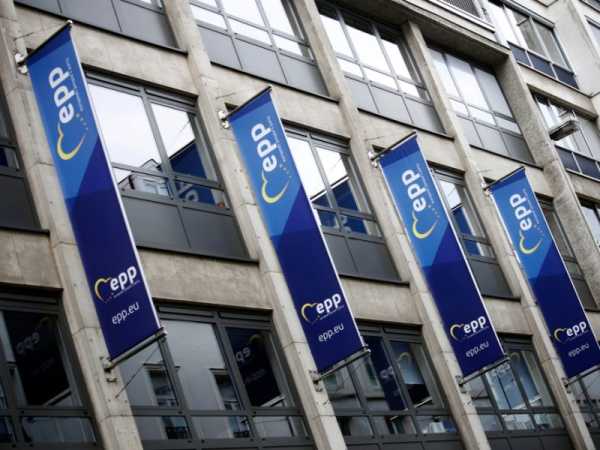
Has Europe's largest political party gone rogue?
The biggest group in the European Parliament, the centre-right European People’s Party, has recently adopted a more aggressive approach towards key legislative proposals, upsetting some of its lawmakers and putting the balance of the EU’s legislative machine at risk.
Too big to fail
Political pressure to stretch the conditions for EU money is hardly a novelty for programmes managed by the Commission, whether RepowerEU or regional cohesion funds. Large countries like Italy are often treated with special care, as the EU executive has much to lose in a potential political clash.
However, the difference with the RRF is that, unlike most EU budget spending, it uses a direct management delivery model, meaning the Commission is ultimately responsible for the spending.
The size of the financial instrument also matters, as the EU executive was largely unprepared to deal with such large sums of money. In addition, the imbalance of resources is tremendous, with some EU officials having a portfolio that deals with entire ministries simultaneously.
And the attention dedicated by Rome has been unmatched. Since the national recovery plan is a lifeline for the Italian economy, it has been followed at the highest political level. Italy is a frontrunner in the RRF’s implementation, while Germany, for example, has not even presented its first payment request.
But the consequences might be far-reaching if the tide turns, not only with the third instalment but also with future ones.
Italy is set to receive €191.5 billion out of the RRF’s total €723 billion. The financial instrument comprises grants and loans, but not all countries request the loans as Germany, for example, can borrow money at a lower cost than by issuing debt at the EU level.
Thus, between €100 and €150 billion of the RRF is expected to go unspent, meaning Italy’s share might amount to one-third of the total or more. In other words, if Italy underperforms, it would be a failure for the country and the entire initiative.
Such a misstep would weigh heavily on von der Leyen’s legacy, as she headed the Commission, managing Europe’s largest public investment. It would also be a major setback for European integration since the RRF is the first instance of joint EU debt.
“It’s too big to fail,” a source concluded.
[Edited by Benjamin Fox/Zoran Radosavljevic]
Read more with EURACTIV
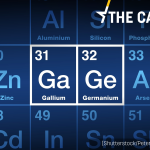
Renault boss: War of the future will be over critical raw materialsEurope is facing a Chinese electric vehicles tsunami following the ban on the sale of petrol and diesel-powered combustion engine cars from 2035, Renault Chairman Jean-Dominique Senard said at an economic conference on Saturday, adding that competition from China exposes EU vulnerabilities in the all-electric market.
Source: euractiv.com

